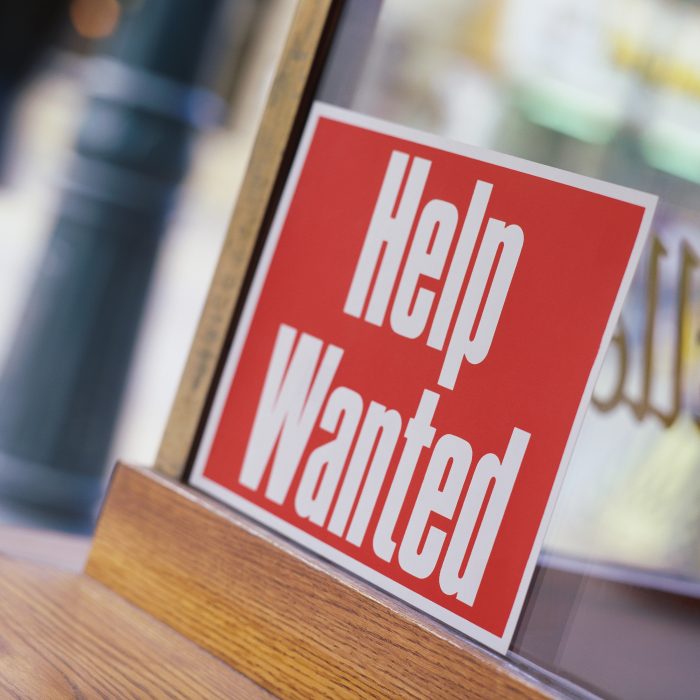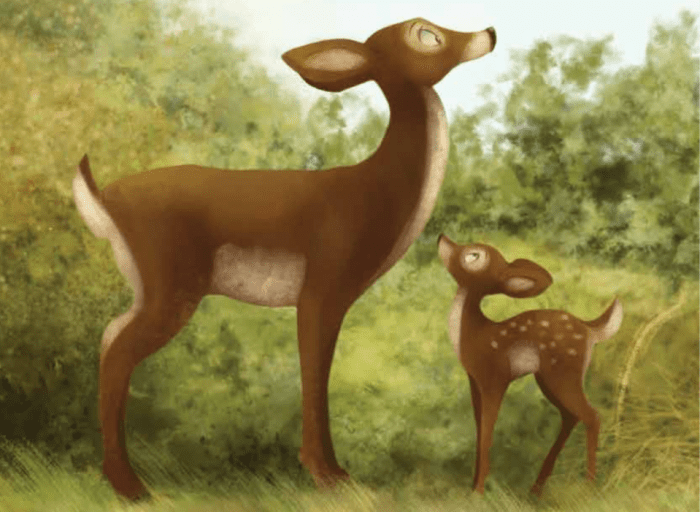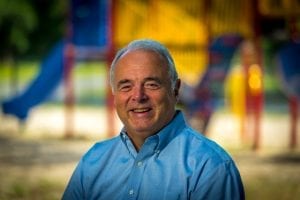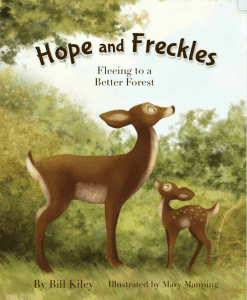By Melissa Arnold
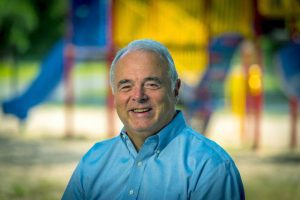
Four years ago, Bill Kiley of East Northport published his first book for children, Hope and Freckles: Fleeing to a Better Forest. The book follows a mother deer, Hope, and her young fawn, Freckles, as their lifelong home in the Olden Forest becomes increasingly dangerous. Food is also scarce, and the pair have no choice but to run away in search of a safer place to live.
Now Kiley has published a second book in the series, Hope and Freckles: Learning to Live in a New Land.
As the newest residents of the Big Pine Forest, Hope and Freckles each struggle in their own ways to adjust to life in their new home. The language spoken in Big Pine Forest is unfamiliar, and while young Freckles catches on quickly, Hope lags behind and needs help communicating with others.
Big Pine’s reaction to Hope and Freckles is mixed, and not all of their neighbors are kind. Some are curious about the newcomers, who have a different fur color and eat strange foods, while others are suspicious or even rude. Hope and Freckles have to make daily decisions about when to blend in and when to honor their own ways of doing things.
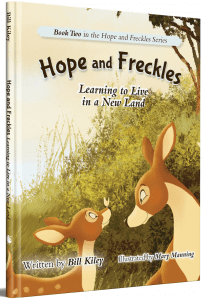 As in the previous Hope and Freckles installment, this story gives young readers a first glimpse into the difficult choices made by refugees and immigrants seeking a fresh start in the United States. The book gently and compassionately explains concepts like asylum-seeking, discrimination, cultural traditions and assimilation in an age-appropriate way.
As in the previous Hope and Freckles installment, this story gives young readers a first glimpse into the difficult choices made by refugees and immigrants seeking a fresh start in the United States. The book gently and compassionately explains concepts like asylum-seeking, discrimination, cultural traditions and assimilation in an age-appropriate way.
There’s something for everyone in this book — toddlers will love the vivid wildlife art and adorable faces of the characters. Illustrator Mary Manning has a classic style that’s perfect for a children’s book, and it’s hard not to think of Bambi while moving through the story.
For older readers who are ready to explore the book’s deeper message, a useful collection of vocabulary words, questions and resources will help kick off discussions about real-world issues. Teachers, parents and other adult leaders can easily build a lesson around this material.
Kiley spent more than 30 years in law enforcement and was profoundly impacted by the experiences of immigrants and refugees he met. Their reasons for leaving home spanned from famine and drought to political upheaval and oppression.
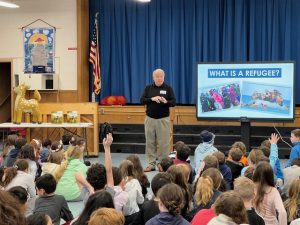 Following his retirement, political issues and humanitarian crises around the world led Kiley to do more research on refugees. The United Nations High Commissioner for Refugees (UNHCR) estimates there are currently 37 million refugees around the world.
Following his retirement, political issues and humanitarian crises around the world led Kiley to do more research on refugees. The United Nations High Commissioner for Refugees (UNHCR) estimates there are currently 37 million refugees around the world.
“I became frustrated by the negative opinions held by some people toward all immigrants, and I wanted to do what I could to change those views. So I thought, what if I wrote a book series geared toward children that could introduce them to the difficulties faced by refugees, while also making an impact on the adults who read along with them?” he recalled.
Since then, he’s spoken in schools and churches about immigration issues, and even visited college students to talk about writing children’s literature.
While the Hope and Freckles books are geared towards younger readers, one especially poignant memory for Kiley came from a visit to a local high school. He told the students to imagine coming home from school and being told they needed to leave their home forever in 30 minutes, and could only bring a backpack.
 Their teacher had the students do the exercise at home, then write a reflection about what items they packed and how they felt throughout the process.
Their teacher had the students do the exercise at home, then write a reflection about what items they packed and how they felt throughout the process.
“I was so impressed by the feelings they shared about that experience … most importantly, that they had never considered what it would be like to have to leave everything you love behind and that their eyes were opened to what other people are facing,” Kiley said.
The author hopes that his books encourage readers to reach out to people who are different from them, including those of various races, cultures, economic backgrounds and social identities.
Kiley is currently working on a third Hope and Freckles book that focuses on what causes “othering” and discrimination. He aims to include animal characters with disabilities, as well as different family structures and religious beliefs.
“I have a deeply-held belief that we are all brothers and sisters,” he said. “We can choose to ignore people who are suffering, we can choose to reject or demonize them, or we can educate ourselves, talk to one another and work to find solutions.”
Hope and Freckles: Learning to Live in a New Land is available at your favorite online booksellers. For educational resources, updates and more from Bill Kiley, visit www.hopeandfreckles.com.


